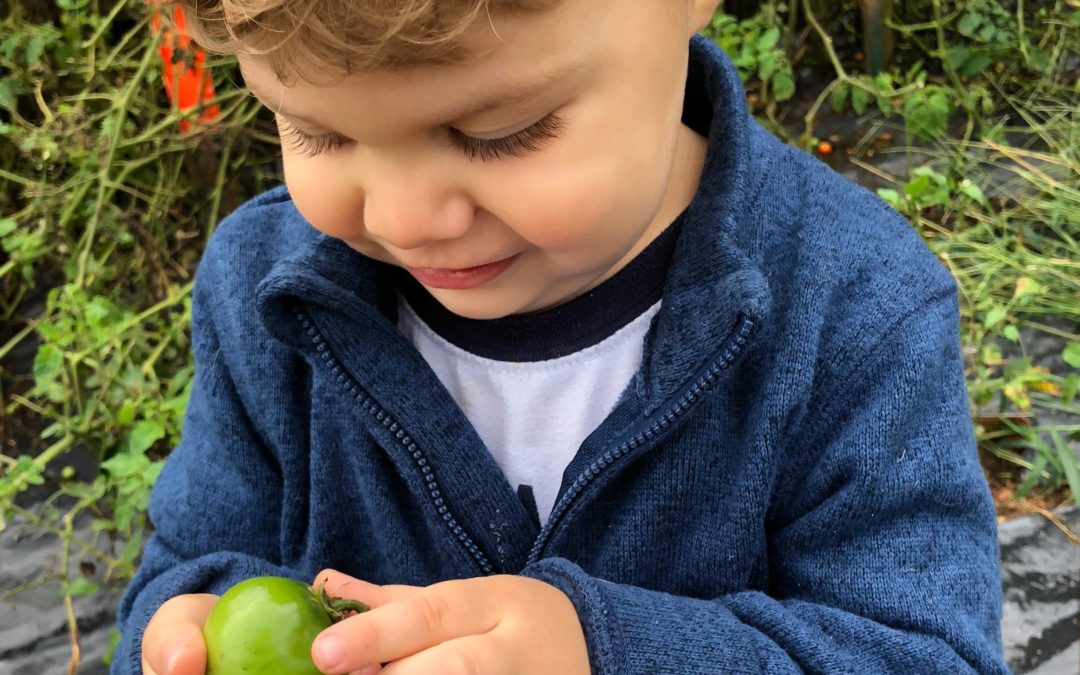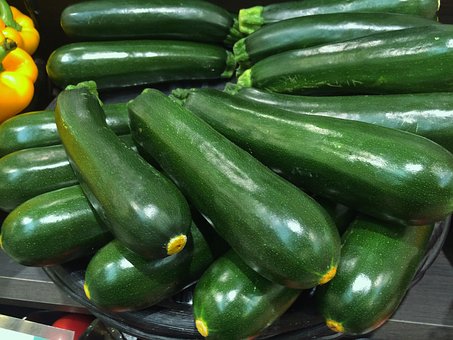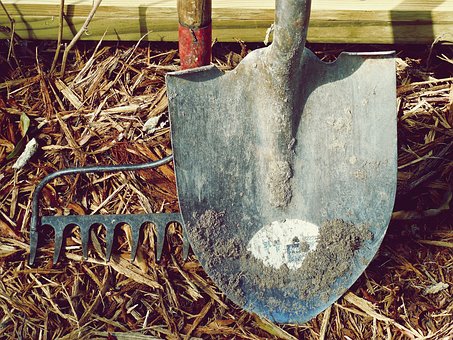
Gardening with small children: 6 tips to be successful
Gardens are hard work and are time-consuming. Add a few small children to the mix and you might find that you haven’t had time to look at your garden in days. If you work full-time the weekends are used to catchup on all of the gardening work you didn’t get to during the week. Sometimes having kids involved can make a project last forever, however it is so worth it. I have definitely struggled with it tending to a garden with two kids under 3. However, the skills they learn and the memories they build is definitely worth the craziness.
While gardening with children may be a little more difficult, there are so many wonderful reasons why to pursue it and make it apart of your while family’s life. Let me share a few tips that have helped me survive the chaos and still be productive in the garden.

Dreaming of Having a Vegetable Garden this year?
Grab the Your Dream Vegetable Garden Plan for FREE to get you started today! Start growing your groceries this year!
1. Plan your garden as close to the house as possible.
Just being able to observe what is happening once a day can be really helpful. Being able to pass by the garden daily on your way to the car or being able to sneak out really quickly for 5 minutes can make all the difference. A lot of the problems come from not seeing an issue develop early on and having to play catch up as a result. This recently happened to me with our broccoli plants. I didn’t notice that we had cabbage worms for a few days and once I finally observed the damage they had caused it was too late. Those cabbage worms are fast!

2. Fence in your garden.
Pest prevention is a major way that you can be proactive in the care of your garden. Although many insect pests will still be able to access your garden, other highly destructive animals such as deer and rabbits will not. Deer can cause so much damage because of the number of plants they will eat in one visit, as well as, the damage they do due to trampling.
One night of deer activity can result in entire plants being eaten to the ground. This happened to us with our pepper plants. Right before they started producing fruit, the deer came and ate them to the ground. A simple fence will prevent these major headaches.
Gardening with children can be difficult, that is why automating tasks or finding ways to make some aspects easier for yourself is so important. Taking the time to build a fence will provide you with so much piece of mind in the long term.

3. Let them explore the garden
Next time you are outside working in the garden, bring your small walking children with you. Not only is this a wonderful outdoor activity, but it also allows them to be exposed to and observe what you are doing in the garden. This is another reason why a fence around your garden will really save you some time and headache.
If your kids are beyond the age where they are constantly putting things in their mouth then they should be pretty safe to let roam and explore the garden if there is a fence in place. Having an eye on them inside the garden but allowing them to explore will give you some time to address any minor issues and maintenance.

Dreaming of Having a Vegetable Garden this year?
Grab the Your Dream Vegetable Garden Plan for FREE to get you started today! Start growing your groceries this year!
4. Plan a place for the kids to play outside.
When planning where the garden will be, also plan somewhere safe that you can have the children while you spend some time gardening. Is there a small area that you can fence in or place a play yard that is visible from your garden? Or somewhere shady where you can set up a pack and play or play yard? Even if you have really small children or babies, bringing them outside with you while you garden is always beneficial. We use this play yard for my oldest:
For our youngest, we used this one because it is so easy to put up and it doesn’t let them have access to the ground. Not having access to the ground is important when they are still putting things in thier mouth. I love using this for babies and small toddlers, plus they come with a shade attachment so you can make sure they are not directly in the sun.
These truly have been a lifesaver for outside gardening with children.
5. Give them a task
Small children love to be involved in tending to the garden. My two year old loves going out with me to pick tomatoes (although sometimes he gets carried away and only picks the greens ones). Having them look for pests, pick fruit, pull out rocks, etc. is a great way to indoctrinate them into the gardening work at an early age. The task doesn’t even have to be purposeful, just something that will keep thier little minds and hands busy.
Another reason I love gardening with children is that there really is a task for everyone at any age. You can use it as a way to encourage and reward children as they grow. For example, once they master a certain task, they can get to use a small trowel or rake or some other type of age-appropriate tool. Older kids can be given more responsibilities as thier skills and knowledge progress.

6. Garden at nap time or right after bedtime
Afternoon naps are essential to getting things done when you have small children. Once they fall asleep, make the most of your time and spend it doing tasks that require full attention. This is another reason why you want to plant your garden as close to the house as possible. Make sure the monitor signal will reach you while you are in the garden and that you are close enough to the house that you feel comfortable gardening while they are napping. If the garden is too far from the house, you will not want to spend your precious nap time in the garden. Also, summer time means longer days, which will hopefully provide you with some extra time right after you put them down for bed. This will afford you some daily time in the garden to make sure that everything is going smoothly.
Gardening with small children is definitely difficult but being able to use the fresh homegrown produce in your family’s meals is so awesome. Teaching your children gardening skills will encourage hard work, patience, resiliency, and problem-solving. Sharing the love of gardening with your children will provide your family with precious memories and knowledge and appreciation for where their food comes from. Start gardening with your children from the very beginning!
Check out the podcast episode all about Gardening with Children. You can listen to it below!


Dreaming of Having a Vegetable Garden this year?
Grab the Your Dream Vegetable Garden Plan for FREE to get you started today! Start growing your groceries this year!

Welcome to Wingin’ it on the Homestead! My name is Stephanie Leaf. I am a wife to a can-fix-anything husband, mother of two boys under 3, future expert gardener, lover of anything old and dusty, and inspiring homesteader. My family and I are new to this journey and loving every minute of it. Please join me in embracing a simpler life!



